It is a terrible perversion of our legal system when someone goes to jail for a crime they did not commit. There have been over 3100 exonerations in the U.S. since 1989. Thousands of lives were irrevocably changed through mistakes by the justice system. That wreaked enormous psychological, financial, and physical devastation on innocent people and their loved ones. Most importantly, they deprived innocent people of their liberty, often for decades.
The people on today’s list lost a collective 624 years of their lives while incarcerated. Here are our top 25 wrongful convictions.
Johnathan Barr (served 14 years)
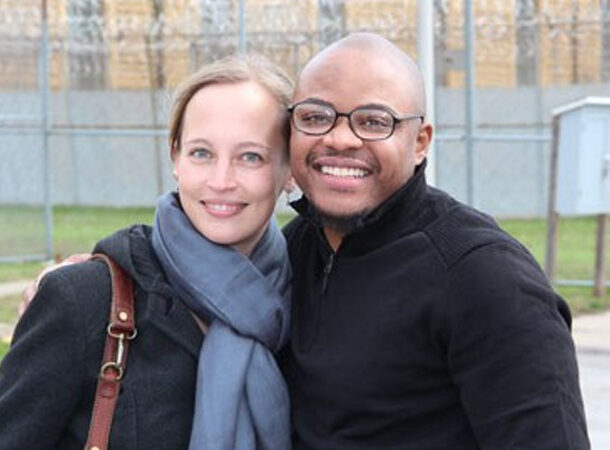 https://www.dailymail.co.uk/news/article-2057473/Dixmore-5-freed-20-years-jail-convictions-murder-rape-girl-14-overturned-amid-new-DNA-evidence.html
https://www.dailymail.co.uk/news/article-2057473/Dixmore-5-freed-20-years-jail-convictions-murder-rape-girl-14-overturned-amid-new-DNA-evidence.html Jonathan Barr and four codefendants were wrongfully convicted of sexually assaulting and killing a 14-year-old girl in 1991. However, before their trial, DNA tests had already proven that none of the accused were involved. It wasn’t until 2011, after spending a total of 95 years in prison, that all five of them were declared innocent after DNA was run through the FBI National Combined DNA Index System (CODIS). The real culprit, Willie Randolph, who was 33 years old and had a prior conviction for armed robbery, was finally identified as the person responsible for the crime. At the time of the murder, he lived in the same neighborhood as the victim.
Kristine Bunch (served 17 years)
 https://indymaven.com/articles/kristine-bunch/
https://indymaven.com/articles/kristine-bunch/ Kristine Bunch was imprisoned for more than 17 years after being charged with arson on June 30, 1995, in Decatur County, Indiana, in an event that killed her three-year-old son, Anthony.
In 2006, Kristine’s family hired new counsel, bringing in three fire forensic scientists who agreed that the prosecution’s arson testimony during her trial was most likely wrong. They petitioned the court, claiming she was entitled to a new trial as critical ATF documents were withheld during her 1995 trial. Recent findings in fire science provided additional evidence of her innocence.
They could not sway the judge, and Kristine remained incarcerated until 2012 when she was released on her own recognizance. The prosecution finally dismissed the accusations against Kristine eight days before Christmas in 2012.
Kenny Adams (served 18 years)
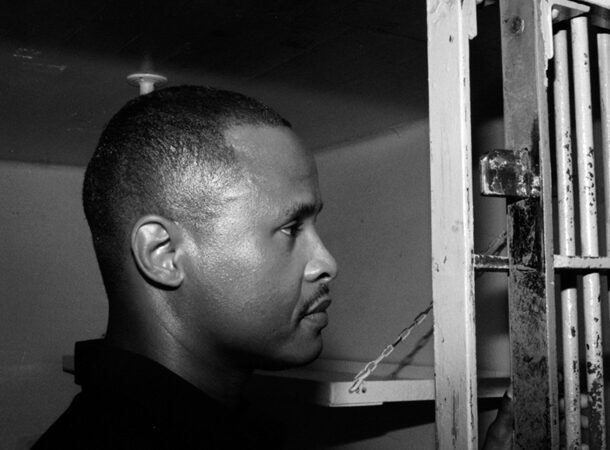 https://www.law.northwestern.edu/legalclinic/wrongfulconvictions/exonerations/il/kenneth-adams.html
https://www.law.northwestern.edu/legalclinic/wrongfulconvictions/exonerations/il/kenneth-adams.html Kenneth Adams and three other men, now known as the “Ford Heights Four,” were wrongfully convicted of rape and double homicide in 1978. Adams was convicted and sentenced to 75 years. After spending 18 years in jail, new DNA testing proved their innocence, and all four were cleared of all charges. Following their exoneration, the Ford Heights Four filed civil rights lawsuits against the Cook County Sheriff’s Department. During that discovery process, it became clear that a witness’s false confession had been coerced. Cook County agreed to settle the men’s claims for $36 million, the highest settlement in U.S. history at that time.
Steven Avery (served 18 years)
 https://www.deseret.com/2022/12/10/23487015/where-is-steven-avery-now-making-a-murderer
https://www.deseret.com/2022/12/10/23487015/where-is-steven-avery-now-making-a-murderer In 1985 Steven Avery, then 23, was convicted of rape and attempted murder of a jogger along the beach at Lake Michigan. Avery was the subject of the Netflix documentary “Making a Murderer.” Avery had several alibi witnesses who put him with his family in Green Bay shortly after the incident. In 2003, he was acquitted after DNA evidence identified the actual perpetrator. The assailant was Gregory Allen, a convicted felon who strongly resembled Avery.
Less than five years after being released, Avery faced charges for yet another murder and is currently serving a life sentence in prison with no chance of parole.
Leroy Orange (served 19 years)
 https://www.heraldscotland.com/news/11905573.dead-man-walking-a-few-days-ago-he-was-just-another-statistic-on-death-row-and-benettons-most-unlikely-billboard-star-then-leroy-orange-was-given-back-his-life/
https://www.heraldscotland.com/news/11905573.dead-man-walking-a-few-days-ago-he-was-just-another-statistic-on-death-row-and-benettons-most-unlikely-billboard-star-then-leroy-orange-was-given-back-his-life/ Leroy Orange was found guilty based on a confession he provided after being tortured in a police station in Chicago in 1984 under the supervision of Commander Jon Burge – a name that pops up more than once on today’s list. Leroy confessed to a murder after 12 hours of torture, during which he was shocked with electrical currents and asphyxiated. Orange was largely convicted at trial due to counsel by a private attorney hired by Orange’s family, who was accused of extreme incompetence during the trial.
On January 10, 2003, Illinois Governor George Ryan awarded Orange a complete pardon based on his innocence. Jon Burge was eventually fired from the force in 1993 for overseeing the torture of dozens of detainees.
Jane Dorotik (served 19 years)
 https://www.cbs8.com/article/news/local/jane-dorotik-case-dismissed/509-eb888f22-edf5-4981-8a11-f5847e68d6f1
https://www.cbs8.com/article/news/local/jane-dorotik-case-dismissed/509-eb888f22-edf5-4981-8a11-f5847e68d6f1 Jane Dorotik reported her husband missing after he went out to jog and never returned home. He was later discovered bludgeoned to death along his jogging path, rendering her the main suspect in his murder. Jane was ultimately convicted of murder based on amateur, contradictory, and what was undeniably faulty forensic evidence. She was released from prison after 19 years at age 75 after DNA evidence finally ruled her out as a suspect and revealed an unnamed male as the perpetrator.
Rubin “Hurricane” Carter (served 19 years)
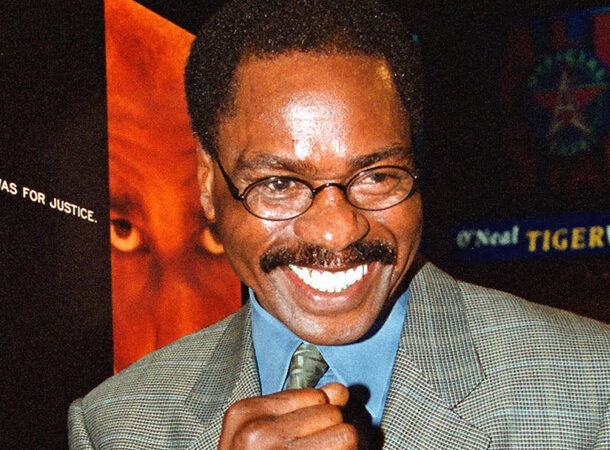 https://www.nytimes.com/2014/04/21/sports/rubin-hurricane-carter-fearsome-boxer-dies-at-76.html
https://www.nytimes.com/2014/04/21/sports/rubin-hurricane-carter-fearsome-boxer-dies-at-76.html Despite a lack of physical evidence and not meeting the descriptions offered by the single shooting survivor, professional boxer Rubin Carter and his companion John Artis were found guilty in a triple murder that occurred at a New Jersey pub in 1966. Carter’s case drew the attention of various celebrities (including Bob Dylan), who banded together to liberate him, and he was released on bail – only to be convicted of the murders again at a retrial. In 1985, he was finally released on habeas corpus, which is our constitutional right to be free from unlawful and indefinite imprisonment.
Bennie Starks (served 20 years)
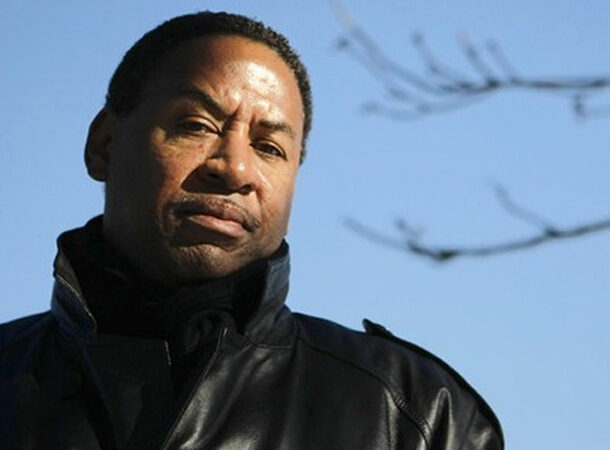 https://www.law.northwestern.edu/legalclinic/wrongfulconvictions/exonerations/il/bennie-starks.html
https://www.law.northwestern.edu/legalclinic/wrongfulconvictions/exonerations/il/bennie-starks.html In 1986, Bennie Starks was found guilty of the attack on a 68-year-old woman, even though DNA evidence proved he wasn’t involved in the crime. In 2006, an appeals court demanded a fresh trial, and Starks was set free on bail. By that point, Starks had already spent 20 years in prison. In the years that followed, Starks achieved several legal victories, and eventually, the prosecutors decided to dismiss all charges against him. In 2013, a judge in Lake County granted him a certificate of innocence.
Suzanne Johnson (served 21 years)
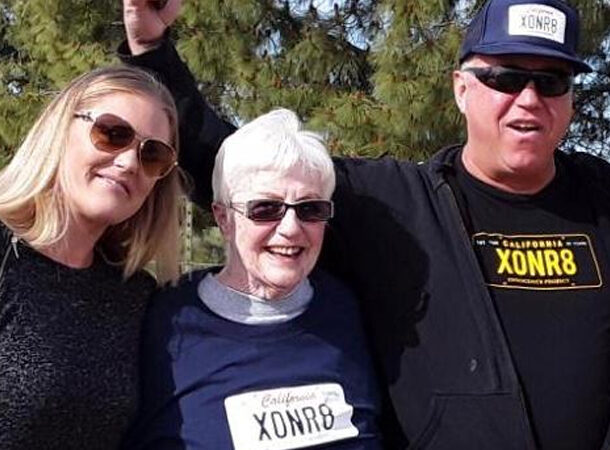 https://californiainnocenceproject.org/read-their-stories/suzanne-johnson/
https://californiainnocenceproject.org/read-their-stories/suzanne-johnson/ On June 24, 1997, Suzanne Johnson was looking after Jasmine Miller, who was only six months old at the time. Tragically, Jasmine fell from her highchair and seemed fine initially. However, about an hour later, she started vomiting and became unresponsive. Suzanne acted quickly, calling 911 and performing CPR until paramedics arrived, but Jasmine did not survive. The medical examiner determined that Jasmine’s death was caused by severe shaking and traumatic head injuries.
On April 30, 1999, Johnson was found guilty of assault leading to death and was given a sentence of 25 years to life. However, since her conviction, there have been advancements in the scientific understanding of shaken baby syndrome and non-accidental trauma. The beliefs held during her trial have largely been discarded in recent times. In March 2020, Governor Newsom granted Suzanne Johnson’s plea for clemency, recognizing the evolving understanding of the case and the changing perspectives on shaken baby syndrome.
Larry Mayes (served 21 years)
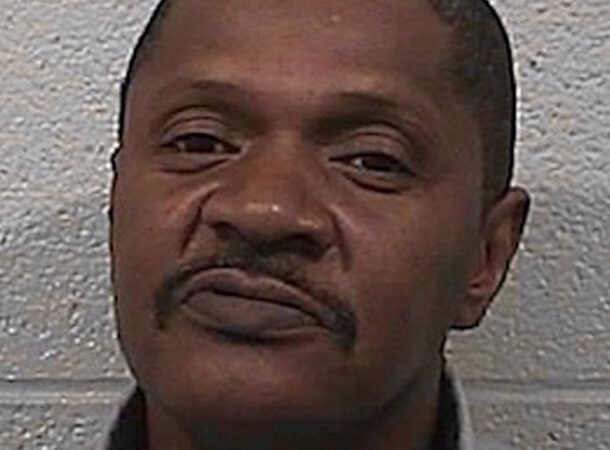 https://www.newswise.com/articles/wrongly-convicted-man-law-students-helped-free-gets-45-million
https://www.newswise.com/articles/wrongly-convicted-man-law-students-helped-free-gets-45-million On October 5, 1980, two men carried out a robbery and subjected a female clerk to a brutal rape in Indiana. Based on the information provided by an informant, the authorities identified Mike Deneal and Larry Mayes, both aged 30, as the perpetrators. During the investigation, the police arranged a lineup that included Mayes’ photograph, and the clerk positively identified him as one of the two individuals who had robbed and assaulted her. As a result, Mayes faced rape, robbery, and kidnapping charges.
Following his trial, Mayes was convicted and handed an 80-year prison sentence. However, his claims of innocence persisted throughout the years. Finally, in 2001, advancements in DNA testing technology emerged, conclusively excluding Mayes as the source of the biological evidence found in the rape kit. Consequently, in December 2001, Mayes was set free after all charges against him were dropped.
Ronald Kitchen (served 21 years)
 https://www.law.northwestern.edu/legalclinic/wrongfulconvictions/exonerations/il/ronald-kitchen.html
https://www.law.northwestern.edu/legalclinic/wrongfulconvictions/exonerations/il/ronald-kitchen.html On July 27, 1988, the burnt bodies of two women and three children were found in a burning home on Chicago’s south side. Nine days later, Ronald Kitchen, 22, and Marvin Reeves, 29, were arrested after an imprisoned informant called Willie Williams said Kitchen admitted to perpetrating the murder with Reeves. Unfortunately, the false information provided by Williams led Kitchen right into the hands of Commander Jon Burge. Kitchen was tortured and coerced into a false confession by the Chicago Police Department, resulting in 21 years in prison, 13 of which were on death row. All charges against Kitchen and Reeves were finally dropped on July 7, 2009.
Darrell Cannon (served 23 years)
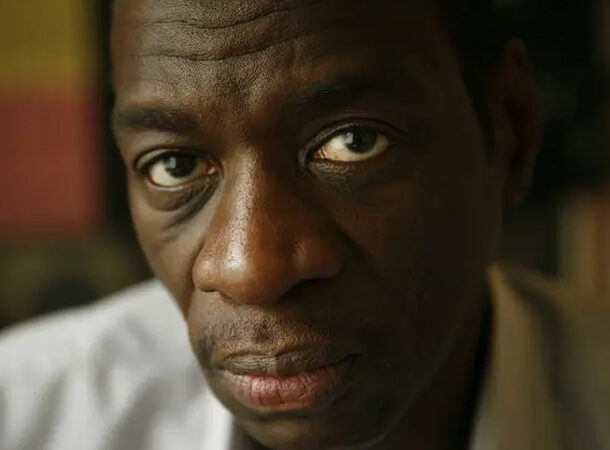 https://sites.psu.edu/rowercl/2020/10/20/the-case-of-darrell-cannon/
https://sites.psu.edu/rowercl/2020/10/20/the-case-of-darrell-cannon/ On November 2, 1983, police raided Darrell Cannon’s flat before arresting him on suspicion of the murder of a local drug dealer. Instead of taking Cannon to the station, the detectives took him to an abandoned location. Here they tortured Cannon for several hours with, amongst others, a shotgun and a cattle prod – we won’t go into the details. Cannon finally confessed. After his trial in 1984, they sentenced Darrell Cannon to life in prison for a murder he knew nothing about. Despite his nightmare of imprisonment, he wrote a letter to his attorney telling the story of the torture he experienced in 1983, which helped launch an investigation into the detectives involved. Cannon was released from prison in 2007. His torturers were never charged.
Michael Tillman (served 23 years)
 https://www.nbcchicago.com/news/local/tillman-goes-free/143155/
https://www.nbcchicago.com/news/local/tillman-goes-free/143155/ Michael Tillman was arrested and imprisoned at age 20 for the murder of Betty Howard, whose body was discovered in the building where Tillman lived. His conviction was predicated on a confession he claims was forced through torture by officers under Commander Jon Burge. Judges denied the torture allegations and declared his confession stood. They maintained that notion even though another man was later apprehended and jailed for the crime. Even though Tillman was eventually released after more than two decades and cleared of charges, Howard’s family still believes Tillman is guilty to this day.
William Barnhouse (served 25 years)
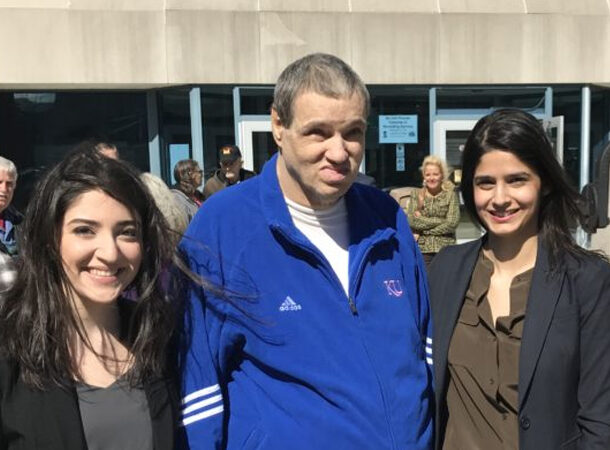 https://fox59.com/news/muncie-man-spends-25-years-in-prison-sues-city-for-wrongful-conviction/
https://fox59.com/news/muncie-man-spends-25-years-in-prison-sues-city-for-wrongful-conviction/ On April 21, 1992, A young woman, just 22 years old, was brutally raped behind an abandoned building in Muncie, Indiana. In the aftermath, the police diligently searched the area and apprehended a suspect named William Barnhouse based on the victim’s description. Barnhouse was then brought to the scene, and amidst the glare of flashlights, the victim pointed him out as her attacker. During the trial that followed, the prosecution relied on DNA evidence recovered from the crime scene, presenting it as a silent witness against Barnhouse. However, this evidence could not be definitively linked to him. Despite the defense’s efforts to shed light on Barnhouse’s lifelong struggle with mental illness, the verdict declared him guilty. He was sentenced to an astounding 80 years behind bars.
In 2016, new DNA testing excluded Barnhouse as the source of the DNA found at the crime scene, and all charges against him were dismissed.
Jerry Miller (served 25 years)
 https://www.wbur.org/npr/522044187/an-exoneree-shares-his-story-of-wrongful-conviction-in-anatomy-of-innocence
https://www.wbur.org/npr/522044187/an-exoneree-shares-his-story-of-wrongful-conviction-in-anatomy-of-innocence On September 16, 1981, a woman was forcefully abducted and subjected to a horrifying act of rape in downtown Chicago. Despite the trauma she endured, she cooperated with the authorities, enabling them to create a composite sketch of the suspect. One officer came across the composite drawing and recalled seeing Jerry Miller a few days prior to the crime, peering into the window of a parked car. Based on this recollection, Miller was apprehended. However, both during her hospitalization and at the trial, the victim was unable to positively identify Miller as her assailant.
Nevertheless, on October 1, 1982, Miller was convicted of rape, robbery, and kidnapping. In 2005, the advancements in DNA testing provided crucial evidence that excluded Miller as the perpetrator. With this victory, Jerry Miller became the 200th person to be exonerated through DNA evidence in the United States.
Johnny Tall Bear (served 26 years)
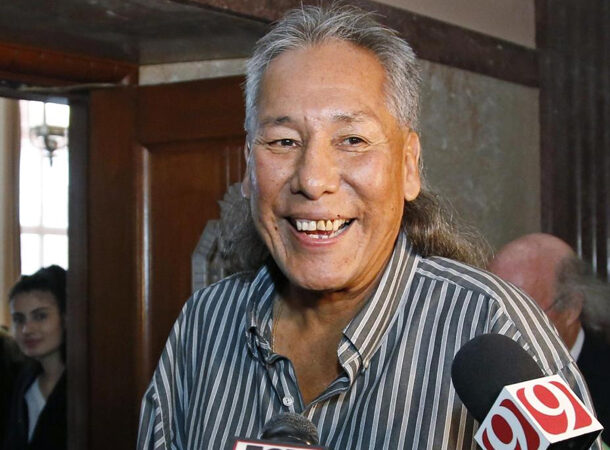 https://citizentruth.org/tall-bear-exonerated-by-dna/
https://citizentruth.org/tall-bear-exonerated-by-dna/ On October 3, 1991, the mangled body of a homeless man was discovered at an Oklahoma City rubbish dump. Floyd Lewis, an acquaintance who knew Johnny Tall Bear, told police that he saw Tall Bear and another unnamed offender beat the homeless man to death. Based on Lewis’ flawed testimony and zero physical evidence (blood samples from the crime scene could not be matched to Tall Bear), he was prosecuted and convicted. In 2001, New DNA tests were ordered. Judge Glenn M. Jones vacated Tall Bear’s murder conviction and dismissed his charges after considering the new evidence presented before the courts.
Michael Evans (served 27 years)
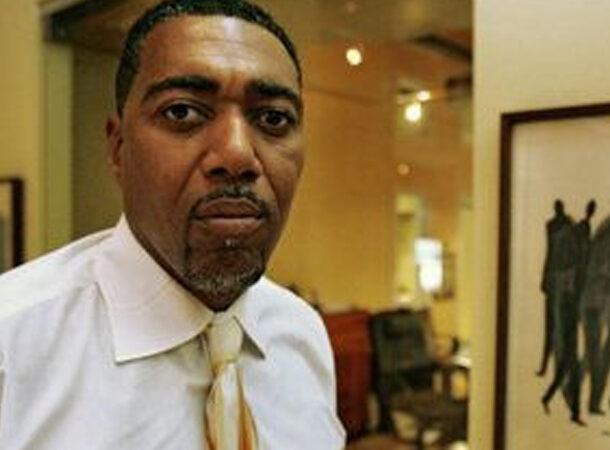 https://www.law.umich.edu/special/exoneration/Pages/casedetail.aspx?caseid=3208
https://www.law.umich.edu/special/exoneration/Pages/casedetail.aspx?caseid=3208 In 1976, Michael Evans and Paul Terry were 17 years old when 9-year-old Lisa Cabassa was raped and murdered near her home on Chicago’s south side. The two youths were convicted of the crime solely on the false and possibly perjured testimony of a 32-year-old secretary at a real estate firm near the crime scene. They were imprisoned for 27 years before DNA exonerated them in what the United States Court of Appeals called “a tragedy of epic proportions.” Even after DNA evidence cleared Evans and Terry, prosecutors left them in limbo for three additional months – as if 27 years wasn’t enough – before finally withdrawing the charges.
Valentino Dixon (served 27 years)
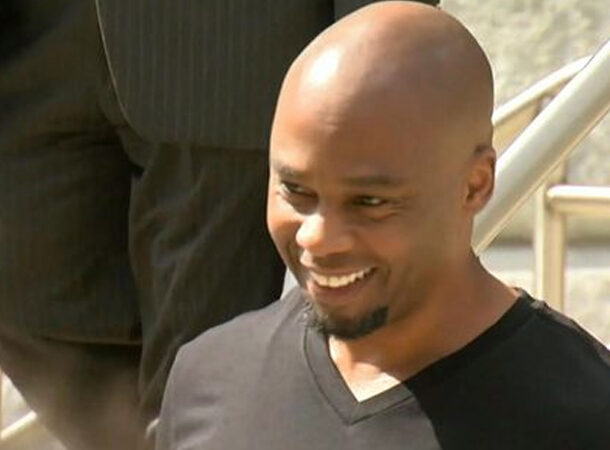 https://www.golfdigest.com/story/for-valentino-dixon-a-wrong-righted-murder-charge-vacated-by-court-after-serving-27-years-in-prison
https://www.golfdigest.com/story/for-valentino-dixon-a-wrong-righted-murder-charge-vacated-by-court-after-serving-27-years-in-prison Valentino Dixon became famous while imprisoned in the United States for his brilliant paintings of golf courses. Dixon was charged at the age of 21 in a shooting murder that occurred in a crowded area of Buffalo, despite a young man named Lamarr Scott confessing to the crime and many witnesses corroborating it. Dixon continuously maintained his innocence and filed multiple appeals and petitions throughout the years. He was finally vindicated after 27 years in prison when Scott, the actual gunman already in jail on other counts, was convicted of the murder.
Clifford Jones (served 30 years)
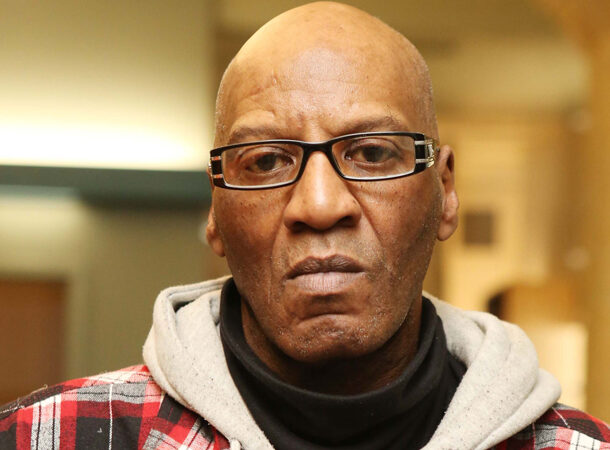 https://nypost.com/2018/02/02/man-wrongfully-convicted-for-rape-murder-sues-city/
https://nypost.com/2018/02/02/man-wrongfully-convicted-for-rape-murder-sues-city/ In June 1980, a woman agreed to meet a man for sex in a Manhattan apartment complex but ultimately changed her mind. The man raped her at knifepoint before murdering one of the building’s residents on the staircase. Four months later, the victim identified Clifford Jones in a photo lineup. Although the woman had admitted to drug abuse and was high when she identified Jones, he was arrested and convicted solely based on this woman’s testimony.
It wasn’t until 2008, when DNA evidence from the crime scene was examined that Clifford Jones was conclusively ruled out as the perpetrator. Jones sought a new trial, recognizing this new information, but his request was initially denied. Finally, in December 2014, after a long legal battle, the New York Court of Appeals granted him a hearing. In 2017, Clifford Jones took further action by filing a civil rights case. Ultimately, he was awarded a settlement of $12.6 million, acknowledging the injustice he had endured throughout the years.
Henry McCollum and Leon Brown (served 30 years)
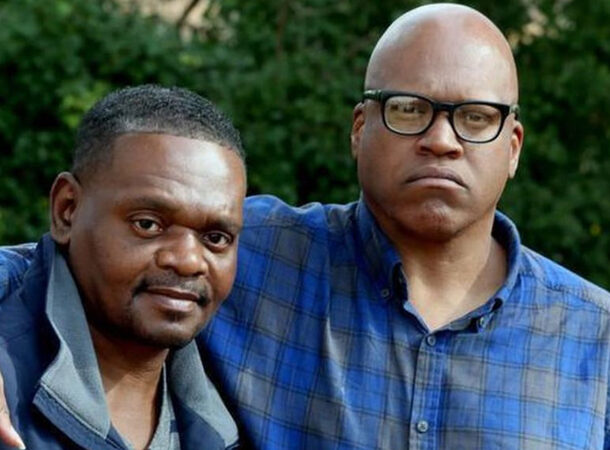 https://deathpenaltyinfo.org/stories/former-death-row-prisoners-freed-in-north-carolina
https://deathpenaltyinfo.org/stories/former-death-row-prisoners-freed-in-north-carolina In 1984, Henry McCollum and his younger brother Leon, aged 19 and 15, respectively, were wrongfully convicted for a crime that resulted in the death of an 11-year-old child. During their arrest, the brothers endured lengthy interrogations without the presence of a lawyer. Though their case may not be as widely known as others, it is one of the most egregious examples of wrongful conviction due to the police misconduct involved and the fact that it involved two young brothers. Shockingly, at the time of their arrest, the police failed to make any meaningful efforts to apprehend the true perpetrator of the crime.
In 2014, new DNA evidence emerged, proving their innocence. After enduring a harrowing 31 years behind bars, they were finally exonerated and set free.
Andre Davis (served 31 years)
 https://www.law.northwestern.edu/legalclinic/wrongfulconvictions/exonerations/il/andre-davis.html
https://www.law.northwestern.edu/legalclinic/wrongfulconvictions/exonerations/il/andre-davis.html In August 1980, three-year-old Brianna Stickle was abducted and brutally murdered in Rantoul, Illinois. Andre Davis was charged with felony murder, indecent liberties with a child, aggravated kidnapping, and asphyxiation. Subsequently, in 1983, he was convicted and handed a sentence of 80 years in prison. However, as time passed, a relative of Brianna’s began to question Davis’s guilt and encouraged him to pursue DNA testing, even though it was more than two decades later. The results of the new DNA evidence were nothing short of a revelation. In July 2012, after spending nearly 32 years unjustly incarcerated, Davis was finally released from prison. In light of Davis’s tremendous ordeal, he pursued a federal wrongful conviction lawsuit, and he was awarded $850,000 as compensation for the 31 years he had lost behind bars.
Keith Allan Harward (served 33 years)
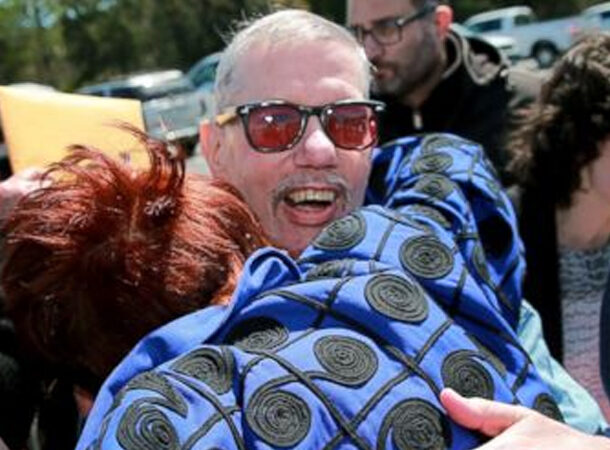 https://abcnews.go.com/US/sailor-declared-innocent-murder-rape-spending-33-years/story?id=38249082
https://abcnews.go.com/US/sailor-declared-innocent-murder-rape-spending-33-years/story?id=38249082 In 2015, Keith Allen Harward was released from Nottoway Correctional Center after DNA evidence proved he was innocent of a 1982 murder and rape case in Newport News, Virginia. Despite being stationed near the crime scene as a sailor, the only identification against him came from a security officer who saw someone in a bloody uniform entering the dock. The prosecution’s case and Harward’s conviction relied heavily on bite-mark testimony. DNA evidence finally cleared Harvard of the crime and actually revealed that the sperm found at the crime scene belonged to one of Harward’s former shipmates who had passed away. Although controversial, bite-mark evidence continues to be used in court today.
Malcolm Alexander (served 38 years)
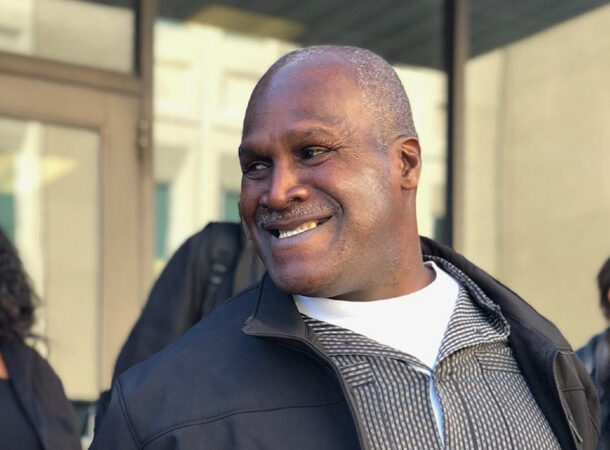 https://www.law.umich.edu/special/exoneration/Pages/casedetail.aspx?caseid=5274
https://www.law.umich.edu/special/exoneration/Pages/casedetail.aspx?caseid=5274 In 1980, Malcolm Alexander was charged with a rape he didn’t commit. Despite inconsistent and uncertain eyewitnesses, he was found guilty based solely on their testimony. His trial was rushed, lasting just one day, and his defense lawyer didn’t present any arguments or witnesses to prove his innocence. In fact, even though there was DNA evidence available, it was never tested or presented at his trial. Malcolm Alexander spent 38 years in prison until the Innocence Project took on his case. New DNA testing was ordered, which excluded Alexander, finally leading to his exoneration and release from prison on January 30, 2018.
Kevin Strickland (served 43 years)
 https://edition.cnn.com/2021/11/23/us/kevin-strickland-triple-murder-wrongful-conviction-freed-trnd/index.html
https://edition.cnn.com/2021/11/23/us/kevin-strickland-triple-murder-wrongful-conviction-freed-trnd/index.html Kevin Strickland was convicted of a triple shooting in 1978 based on the testimony of the sole witness, Cynthia Douglas. Although she primarily identified two other men, who were convicted after they admitted guilt, she also later identified Strickland but later recanted. Unfortunately, Strickland was also convicted of the shootings and sentenced to life without parole in 1979.
In 2009, Cynthia Douglas contacted the Midwest Innocence Project for help in Strickland’s wrongful conviction case. He was finally exonerated in 2021 after spending an incredible 42 years in prison, making it one of the longest wrongful incarcerations in U.S. history. Because Missouri compensates only those exonerated by DNA testing, he could not claim any compensation for his wrongful conviction.
Anthony Mazza (served 47 years)
 https://www.law.umich.edu/special/exoneration/Pages/casedetail.aspx?caseid=5975
https://www.law.umich.edu/special/exoneration/Pages/casedetail.aspx?caseid=5975 Anthony Mazza‘s story is one of remarkable endurance. He suffered an astounding 47-year wrongful imprisonment for a robbery and murder he didn’t commit. Despite having intellectual disabilities, Mazza fought tirelessly for justice on his own for 32 years.
During this time, he filed four petitions to reopen his case, despite not having legal assistance. Fellow inmates testified that Mazza’s friend, Robert Anderson, had confessed to framing him. Unfortunately, all four petitions were rejected or ignored.
In 2006, Mazza made a breakthrough with a newly discovered statement from Anderson’s brother, given to the police back in 1972. This statement provided crucial evidence that supported Mazza’s innocence. Finally, on June 3, 2020, at 73, Mazza was released from Norfolk State Prison, ending his nearly five-decade-long wrongful imprisonment.



























